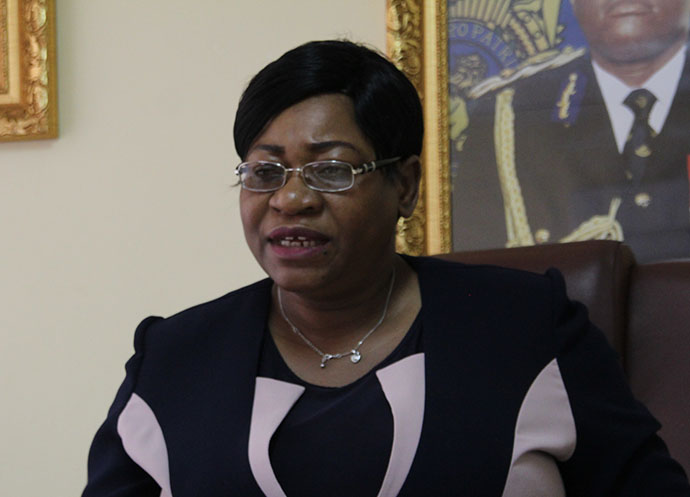Child poverty in Zim – Understanding the facts
Rumbidza Tizora Our Children, Our Future
“Our failure to protect children is one of the most costly mistakes that society can make.” This was the concluding statement from last week’s article on child poverty, and it is very true!
Why? Because child poverty is both a global and national challenge denying children of their fundamental human rights and damaging their childhoods and chances in life.
Poor children are at a great risk of several negative outcomes such as child marriage, child prostitution, poor academic achievement, school dropout, exploitation, violence, abuse, neglect, physical and mental health problems.
According to an analysis from the World Bank Group and United Nations Children’s Fund (UNICEF) on Ending Extreme Poverty, almost 385 million children were living in extreme poverty globally with over 50 percent of these being in Sub-Saharan Africa.
Of the 13,1 million people in Zimbabwe, 48 percent (6,3 million) are children, according to the 2012 Population Census. Seventy-eight percent (4,8 million) of these children live in consumption poverty, meaning they are in households that do not have the minimum amount required to purchase a basket of necessary commodities (both food and non-food).
Twenty-six percent (1,6 million) live in households that do not have the minimum amount necessary to purchase enough food for adequate nutrition (usually 2 100 calories) and experience extreme or food poverty.
These monetary measurements of poverty are crucial because they reflect a household’s ability to purchase the goods and services that are required by children to reach their full potential.
However, children experience poverty very differently from adults and these monetary measurements need to be complemented with non-monetary ones for us to get a full picture of the poverty that children experience.
The distribution of wealth within a household is not always fair as some children are discriminated against because of their sex, age, disability, school performance, among other things.
Also, children are not sovereign consumers who can decide how to spend household resources to cover the various needs they have at the different stages of their life-cycle.
Children living in poverty are deprived in several dimensions, for example nutrition, water, sanitation, health, shelter and education.
A recent child poverty analysis revealed that 59,6 percent (7,8 million) of children aged 0-17 years in Zimbabwe experience several deprivations at the same time and are therefore multi-dimensionally poor.
Most children were deprived in sanitation followed by water then health. Almost 26 percent (9,9 million) of the children lived in households that did not have improved toilet facilities (ventilated pit latrines, flush or pour into approved sewer system), used a shared toilet facility and/or did not have a specific place for handwashing with running water using soap or ash, which is the most effective health intervention to reduce the incidence of both diarrhoea and pneumonia in children under five.
About 4,5 million children were deprived in water as they lived in a household with no access to safe drinking putting them at a risk of cholera and typhoid and/or had to travel for more than 30 minutes to reach a water source.
A quarter (3,2 million) of the children had not been fully immunised, had mothers who had no knowledge of mother-to-child transmission of HIV, were born in the absence of a skilled birth attendant and/or lived in households that used a solid cooking fuel (wood, charcoal cow dung or shrubs) increasing their risk of diseases such as respiratory illness, pneumonia and asthma.
Almost 8 percent (one million) of children were deprived in all three dimension, water, sanitation and health at the same time.
Therefore, a child experiences poverty both from a monetary and a non-monetary (deprivation) point of view and tackling child poverty requires a multi-sectoral approach which concentrates on the most vulnerable children especially those that are deprived in many dimensions at the same time.
We should prioritise investments in sanitation, clean water, health, education, and infrastructure that benefit the poorest children, as well as those that help prevent people from falling back into poverty after setbacks like droughts, disease or economic instability.
It is important to strengthen child-sensitive social protection systems, including cash transfer programs that directly help poor families to pay for food, health care, education and other services that protect children from the impact of poverty and improve their chances of breaking the cycle in their own lives.
Above all, it is important to shape policy decisions so that economic growth benefits the poorest children.
Rumbidza Tizora is a socio-economic analyst at UNICEF Zimbabwe









Comments